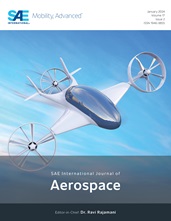The term “productivity” all too often has becomes a buzz-word, ultimately diminishing its perceived importance. However, productivity is the major concern of any team, and therefore must be defined to gain an appropriate understanding of how a system is actually working. Here, productivity means the level of contribution to the throughput of a system such as defined in the Theory of Constraints. In the field of space exploration, the throughput is the number of milestones of the mission accomplished as well as the potential survival during extreme events (due to failures or other unplanned events).
For a time tasks were accomplished by expert individuals (e.g., an astronaut), but recently team structures have become the norm. It is clear that with increased mission complexity, “no single entity can have complete knowledge of or the abilities to handle all matters” [10]. Understanding now that teamwork is important, beneficial, and becoming the standard, a team profile must be developed. This profile will include team member selecting factors (e.g., general intelligence), team organization, and team management.
This paper outlines our initial research about the tools used to analyze team productivity to be applied specifically to a space exploration mission. A simple system dynamics model is developed representing the team profile and their activities. This model will later be judged by a panel of experts to be a realistic tool for team selection.
